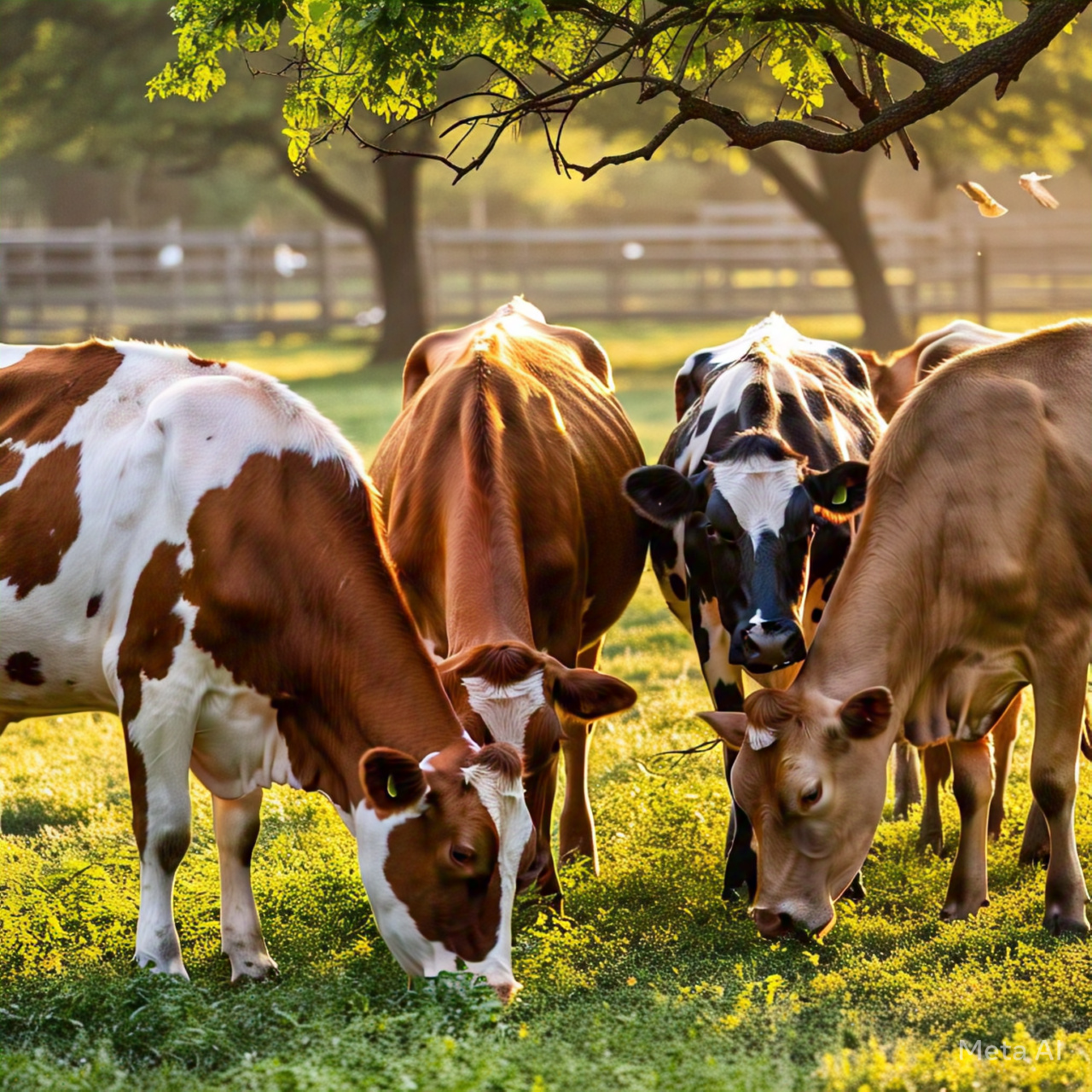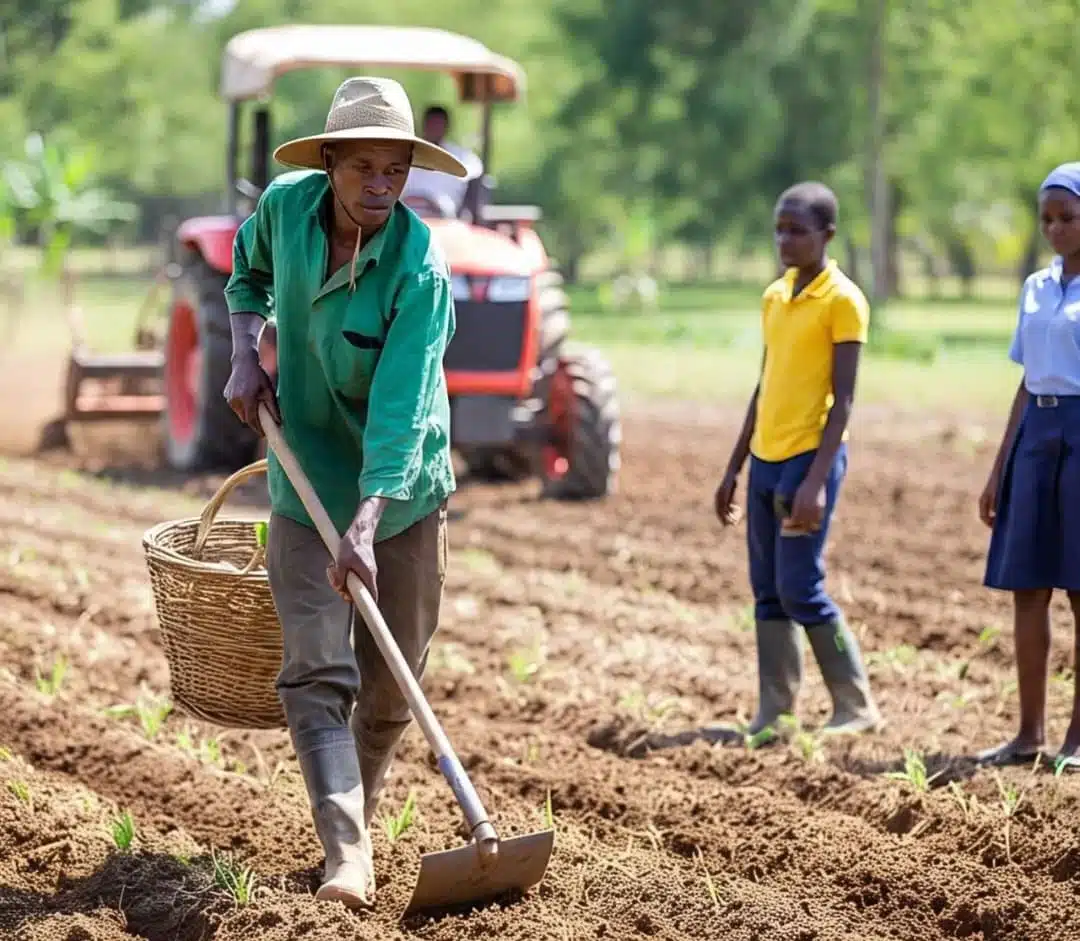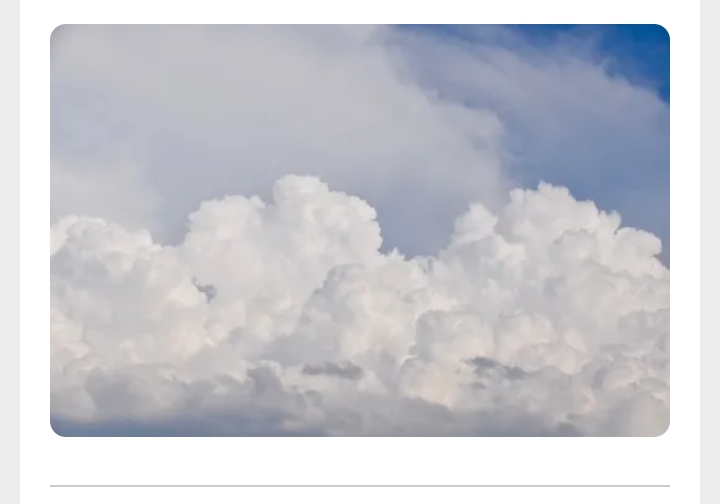BASIC SCIENCE & TECHNOLOGY LESSON PLAN
Topic: Existence of Air and Creation of Air
1. Lesson Information
Subject: Basic Science and Technology
Class: Primary 1
Term: Second Term
Week: 1
Age: 5–6 years
Topic: Existence of Air and Creation of Air
Sub-topic: Meaning, Properties, Evidence of Air, and Movement of Air
Duration: 40 minutes
2. Behavioural Objectives
At the end of the lesson, pupils should be able to:
- Explain that air exists even though we cannot see it.
- State that air is a mixture of gases.
- Mention at least three gases in air (oxygen, carbon dioxide, nitrogen).
- Identify evidence that shows air exists.
- Explain how air helps humans, animals, and plants.
- Describe how air moves and call it wind.
- Give examples of things wind can blow away.
- State that humans breathe in oxygen and breathe out carbon dioxide.
- State that plants take in carbon dioxide and give out oxygen.
- Answer questions on the topic using simple scientific terms.
3. Keywords (10+ with Meanings)
- Air – A mixture of gases around us.
- Oxygen – The gas humans and animals breathe in.
- Carbon dioxide – The gas plants use to make food.
- Wind – Moving air.
- Gas – Something we cannot hold or touch but can feel.
- Environment – The world around us.
- Living things – Humans, animals, plants.
- Breathing – Taking in and releasing air.
- Movement – When something changes position.
- Evidence – A sign that something exists.
- Indefinite shape – No fixed shape.
- Indefinite volume – No fixed size.
4. Set Induction (Age-Related Story)
The teacher tells this short story:
“Yesterday during break time, I saw Tunde blowing up a balloon. At first, the balloon was flat. But when Tunde blew air inside, it became big and round. He asked me, ‘Aunty, what entered inside this balloon?’ I smiled and told him, ‘Air entered inside!’ Even though we could not see the air, the balloon grew big. That is how we know air exists.”
Allow pupils to respond with “Yes!” “I know that!” or “I have blown balloon before!”
5. Entry Behaviour
Learners have seen balloons swell, paper fly when someone blows, or feel breeze on their face. They know that something invisible moves around them.
6. Learning Resources & Materials
- Balloons
- Paper strips
- Feathers
- Plastic cups
- Charts showing gases
- Hand fan
- Pictures of wind blowing objects
7. Building Background / Connection to Prior Knowledge
Pupils have learned about living and non-living things. Teacher reminds them that living things need air, water, and food.
8. Embedded Core Skills
- Critical thinking
- Observation
- Communication
- Scientific inquiry
- Safety awareness
9. Learning Materials / Reference Books
- Lagos State Unified Scheme of Work
- Basic Science Textbook for Lower Primary
- National Curriculum for Basic Education
10. Instructional Materials
- Real objects (balloons, leaves, paper)
- Pictures, charts, flashcards
- Demonstration items
11. CONTENT
A. Clear Meaning and Explanation of the Topic
1. Meaning of Air
Air is a mixture of gases around us. We cannot see it, touch it, or hold it, but we can feel it.
2. Existence of Air
We know air exists because of the things it does.
3. Gases in Air
- Oxygen
- Carbon dioxide
- Nitrogen
4. Breath and Air
- Humans and animals breathe in oxygen.
- They breathe out carbon dioxide.
- Plants take in carbon dioxide and give out oxygen.
5. Movement of Air (Wind)
When air moves, it becomes wind.
6. What Wind Can Blow
Wind can blow:
- Paper
- Leaves
- Sand
- Clothes
- Sticks
- Buckets
- Roofs
B. 10 Examples of Evidence That Air Exists
- A balloon becomes big when we blow it.
- Paper moves when we blow air.
- Trees shake when the wind blows.
- Clothes on the line move in the breeze.
- Our chest rises when we breathe.
- Bubbles form in water when we blow.
- Flags wave in the air.
- Windmills turn.
- Dust moves during dry season.
- Storms carry objects.
C. In-Depth Explanation with 5+ Examples Each
1. Air Exists (Meaning + 5 Examples)
Air is everywhere around us even if we cannot see it.
Examples:
- Blowing a balloon.
- Feeling breeze on your face.
- Leaves shaking.
- Kites rising high in the sky.
- Smoke moving in a direction.
2. Air is a Mixture of Gases (Meaning + 5 Examples)
Air is made up of different gases like oxygen, nitrogen, carbon dioxide.
Examples:
- We breathe in oxygen.
- Plants use carbon dioxide.
- Balloons swell with gas.
- Air conditioners release gases.
- Fire needs oxygen to burn.
3. Creation of Air (Meaning + 5 Examples)
Air is naturally created by God and nature. Plants also help improve air quality.
Examples:
- Trees release oxygen.
- Plants take in carbon dioxide.
- Sea waves release fresh air.
- Rain refreshes the air.
- Burning materials release smoke into air.
4. Movement of Air (Wind) (Meaning + 5 Examples)
Wind is moving air.
Examples:
- It dries clothes.
- It blows sand.
- It turns windmills.
- It shakes trees.
- It cools the body.
5. Importance of Air (Meaning + 5 Examples)
Air keeps living things alive.
Examples:
- Breathing
- Burning
- Flying kites
- Pumping balls
- Drying clothes
12. CLASS ACTIVITY DISCUSSION (10 FAQs with Answers)
- Q: Can we see air?
A: No, we can only feel it. - Q: What gas do we breathe in?
A: Oxygen. - Q: What gas do we breathe out?
A: Carbon dioxide. - Q: What do plants release?
A: Oxygen. - Q: What is moving air called?
A: Wind. - Q: Can wind blow things away?
A: Yes. - Q: Is air everywhere?
A: Yes. - Q: Do we need air to live?
A: Yes. - Q: Does fire need air?
A: Yes. - Q: Do balloons need air to fill up?
A: Yes.
13. PRESENTATION STRUCTURE
Teacher Revises Previous Topic
Teacher asks pupils what they learned about living and non-living things.
Teacher Introduces New Topic
Shows a balloon and blows it.
Teacher Encourages Participation
Allows pupils to touch, observe, and respond.
14. TEACHER’S ACTIVITIES
- Blow balloon to show air exists.
- Wave paper to show movement of air.
- Ask pupils to breathe in and out.
- Display chart with gases.
- Lead discussion on uses of air.
15. LEARNERS’ ACTIVITIES
- Observe balloon experiment.
- Blow paper gently.
- Mention things wind can blow.
- Answer teacher’s questions.
- Participate in class discussion.
16. EVALUATION QUESTIONS
A. 10 Fill-in-the-Blank (Choose a, b, c or d)
- Air is a mixture of ______.
a. gases b. stones c. sand d. water - We breathe in ______.
a. carbon dioxide b. oxygen c. smoke d. dust - Moving air is called ______.
a. fire b. rain c. wind d. cloud - Plants give out ______.
a. smoke b. oxygen c. sand d. heat - Humans breathe out ______.
a. carbon dioxide b. salt c. oil d. food - Air has ______ shape.
a. definite b. no c. fixed d. strong - Wind can blow ______.
a. paper b. metal c. stone d. table - Air is ______.
a. visible b. invisible c. red d. heavy - We know air exists because it can ______ things.
a. hide b. blow c. eat d. break - Plants need ______ to make food.
a. salt b. carbon dioxide c. oil d. iron
B. 10 Short Answer Questions
- What is air?
- Name one gas in air.
- What is moving air called?
- What do humans breathe in?
- What do plants take in?
- Mention one evidence that air exists.
- Mention one thing wind can blow away.
- Is air everywhere?
- Name one importance of air.
- Can we see air?
17. Conclusion
Teacher goes around to check pupils’ work, corrects errors, praises effort, and explains again where needed.
ANSWERS TO YOUR FINAL QUESTIONS
- Air is a matter — (a) True
- We breathe in — (a) oxygen
- All living things need — (a) air
- Oxygen is for animals while carbon dioxide is for — (a) plant
- ______ has an indefinite shape and volume — (c) Air









